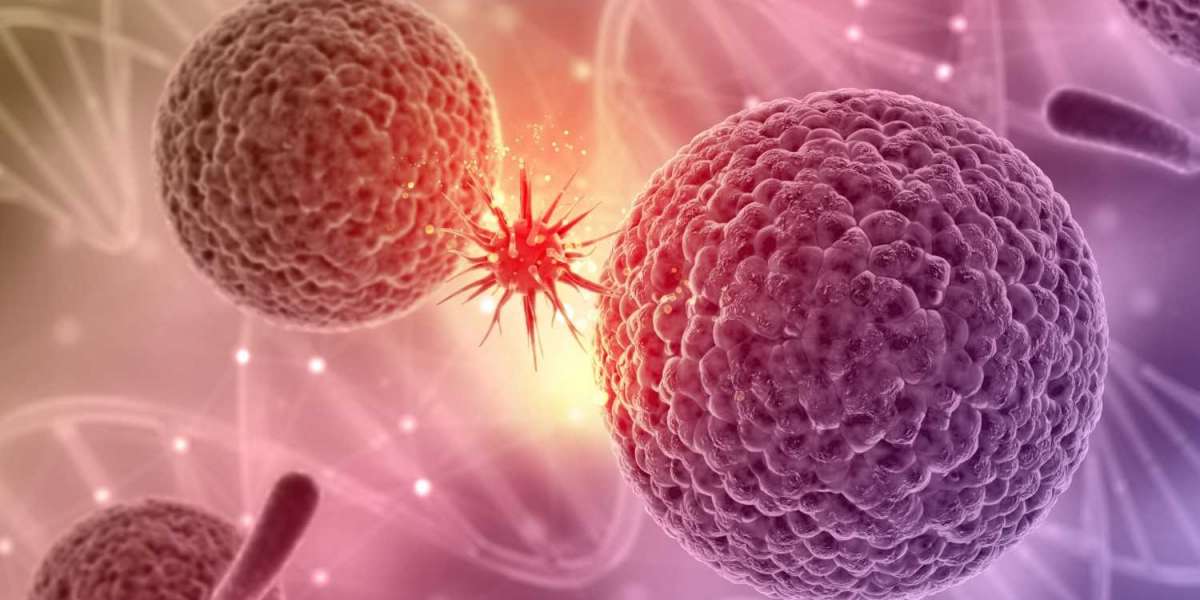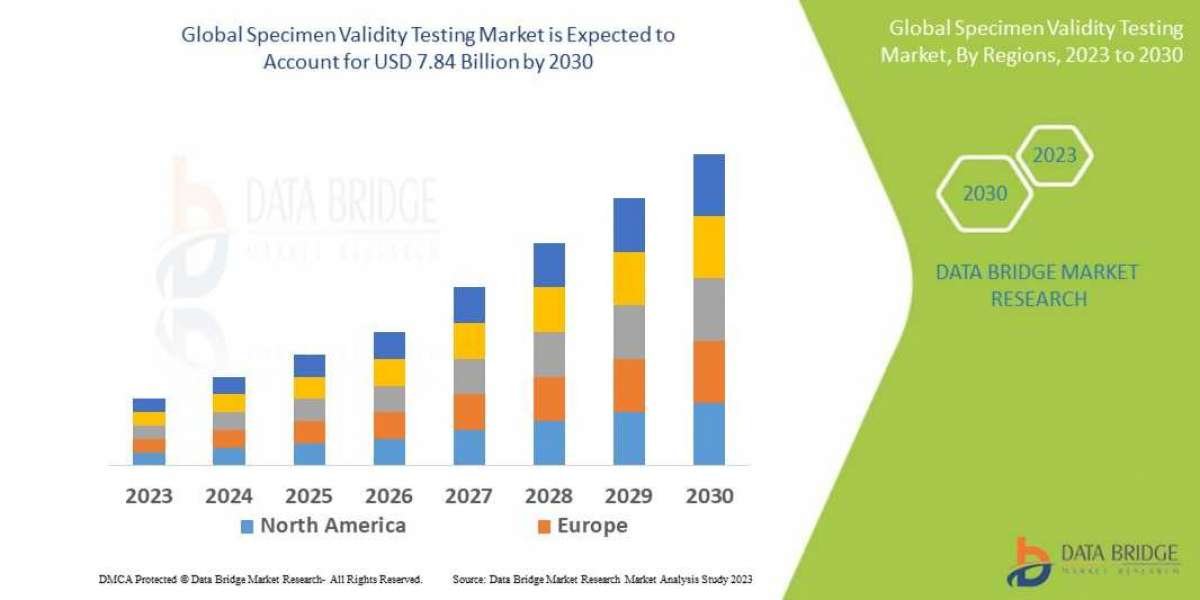The increasing interest of the pharmaceutical industry in cellular immunotherapy potential has been a catalyst for the progress in the global NK cell therapeutics market. The pharmaceutical industry is currently dominated by other immunotherapies such as CAR T-cell therapies, checkpoint inhibitors, and cytokines. However, the proportion of natural killer (NK) cell therapeutics is anticipated to increase given the ability to fulfill unmet medical needs, overcome limitations associated with existing immunotherapies, and address complex, challenging targets. The NK cell therapies provide several advantages such as antigen non-specificity, easy isolation and ex vivo expansion, and minimal production cost. The recent increase in the number of approvals received for cancer immunotherapies is considered to have added value to the NK cell therapeutic development.
NK cell Therapeutics Market is expected to reach $5,676.1 million in 2032 from $297.2 million in 2024 at a CAGR of 44.59% during the forecast period 2024-2032. The growth in the global NK cell therapeutics market is expected to be driven by the rising number of clinical trials and the increasing incidence and prevalence of cancer cases.
Market Lifecycle Stage
The global NK cell therapeutics market is at a very nascent stage. Currently, there is no approved NK cell therapy in the market. Many biopharmaceutical companies are trying to research and develop new immunotherapies, especially NK cell therapies which would be cost-effective and hence, could act as a next-generation medication for cancer and other acute infectious indications. For instance, major players such as Affimed N.V., GC Cell (GC Biopharma corp.), Glycostem Therapeutics B.V., and Takeda Pharmaceutical Company Limited are investing heavily in clinical trials for their respective therapeutic candidates for various indications such as acute myeloid leukemia (AML), B-cell non-Hodgkin’s lymphoma (NHL) - relapsed or refractory, hepatocellular carcinoma (HCC), and peripheral T-cell lymphoma. Increasing funding and investments in research and development is one of the major opportunities in the global NK cell therapeutics market.
Mechanism of Action:
NK Cell Therapies Mature NK cells take control of both inhibitory and stimulatory receptors, which control the activities of the cell, such as killer cell immunoglobulin such as killer activation receptors (KARs). Once NK cells are active, they insert a lytic granule containing cytotoxic chemicals into the infected cell. Thus, an immunological synapse is formed between the NK cells and the infected cell before the release of granzyme B and perforins.
Application of NK Cell Therapeutics in Disease Areas
Natural killer (NK) cells have cell-mediated cytotoxicity, which contributes to the innate immune response as opposed to various malignancies such as leukemia and non-Hodgkin’s lymphoma. They are best known for destroying virally infected cells and encountering and controlling early signs of cancer.
Role of NK Cell Therapeutics in COVID-19
Natural killer (NK) cells play a vital role here by creating a bridge between innate and adaptive responses. NK cell’s subset, memory NK cells, have higher cytotoxicity and effector activity as compared to the conventional NK cells; thus, it could be an efficacious viral treatment.
COVID-19 Impact on NK Cell Therapeutics Market
The COVID-19 pandemic has exerted tremendous strain on the research and clinical development of NK cell therapeutics. Companies operating in the field of NK cell therapies have changed their focus on the research and development of drugs used for COVID-19 treatment to help governments and communities establish a new normal across the globe.
Get Free Sample Report - Click Here
Key Questions Answered in the Report
- What are NK cell therapies, their types, and what are their applications?
- What is the mechanism of action of NK cells?
- What are the major market drivers, challenges, and opportunities in the global NK cell therapeutics market?
- What are the underlying structures resulting in the emerging trends within the global NK cell therapeutics market?
- How has the COVID-19 pandemic impacted the global NK cell therapeutics market?
- What are the key development strategies being implemented by the major players to sustain themselves in the competitive market? ▪ What are the pricing and reimbursement scenarios in the field of NK cell therapeutics?
- What are the key regulatory implications in major regions pertaining to NK cell therapeutics?
- What are the potential entry barriers expected to be faced by the companies willing to enter a particular country?
- How is each segment of the market expected to grow during the forecast period 2024-2032, and what is the anticipated revenue to be generated by each of the segments, namely, therapy type, indications, pipeline product, and country?
- What are the growth opportunities for the companies in the country of their operation?
- Who are the leading players with significant offerings in the global NK cell therapeutics market?
- Which companies are anticipated to be highly disruptive in the future, and why?
Additionally, BIS Research also offers a dedicated and unique platform to find and access deeptech insights and updates on emerging technologies across industry verticals. Insight Monk, an AI powered deeptech search engine, is a subscription based platform that offers a library of latest market insights and updates based on emerging tech. Learn more about InsightMonk here.














